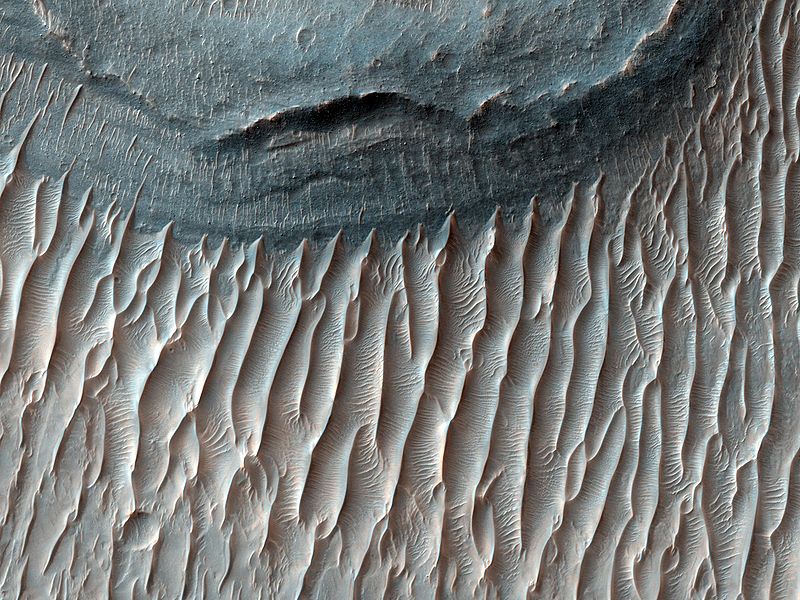European Space Agency’s ExoMars Trace Gas Orbiter (TGO), has discovered a huge deposit of water on Mars. Researchers did this discovery at the bottom of the Valles Marineris, which is one of the planet’s deepest canyon systems.
According to scientists, up to 40% of material near the surface of the canyon could be water molecules.
The new water stores were picked up by the orbiter’s Fine Resolution Epithermal Neutron Detector (FREND) instrument. These observations were taken between May 2018 and February 2021.
FREND mapped hydrogen in the upper layer of Martian soil. Data collected by it shows an unusual amount of hydrogen in a central region of Valles Marineris.
Igor Mitrofanov, the lead author of the study said, “With TGO we can look down to one meter below this dusty layer and see what’s really going on below Mars’ surface — and, crucially, locate water-rich ‘oases’ that couldn’t be detected with previous instruments,”
“FREND revealed an area with an unusually large amount of hydrogen in the colossal Valles Marineris canyon system: assuming the hydrogen we see is bound into water molecules, as much as 40 percent of the near-surface material in this region appears to be water,”
Coauthor Alexey Malakhov said, “We found a central part of Valles Marineris to be packed full of water — far more water than we expected,”
“This is very much like Earth’s permafrost regions, where water ice permanently persists under dry soil because of the constant low temperatures.”
From the observations, scientists foresee that the soil at depths up to a meter (three feet) below the surface is rich in water. It could be either bound up in minerals or as subsurface water ice.
Physicist Colin Wilson, said, “This result really demonstrates the success of the joint ESA-Roscosmos ExoMars programme,”
“Knowing more about how and where water exists on present-day Mars is essential to understand what happened to Mars’s once-abundant water, and helps our search for habitable environments, possible signs of past life, and organic materials from Mars’s earliest days.”







